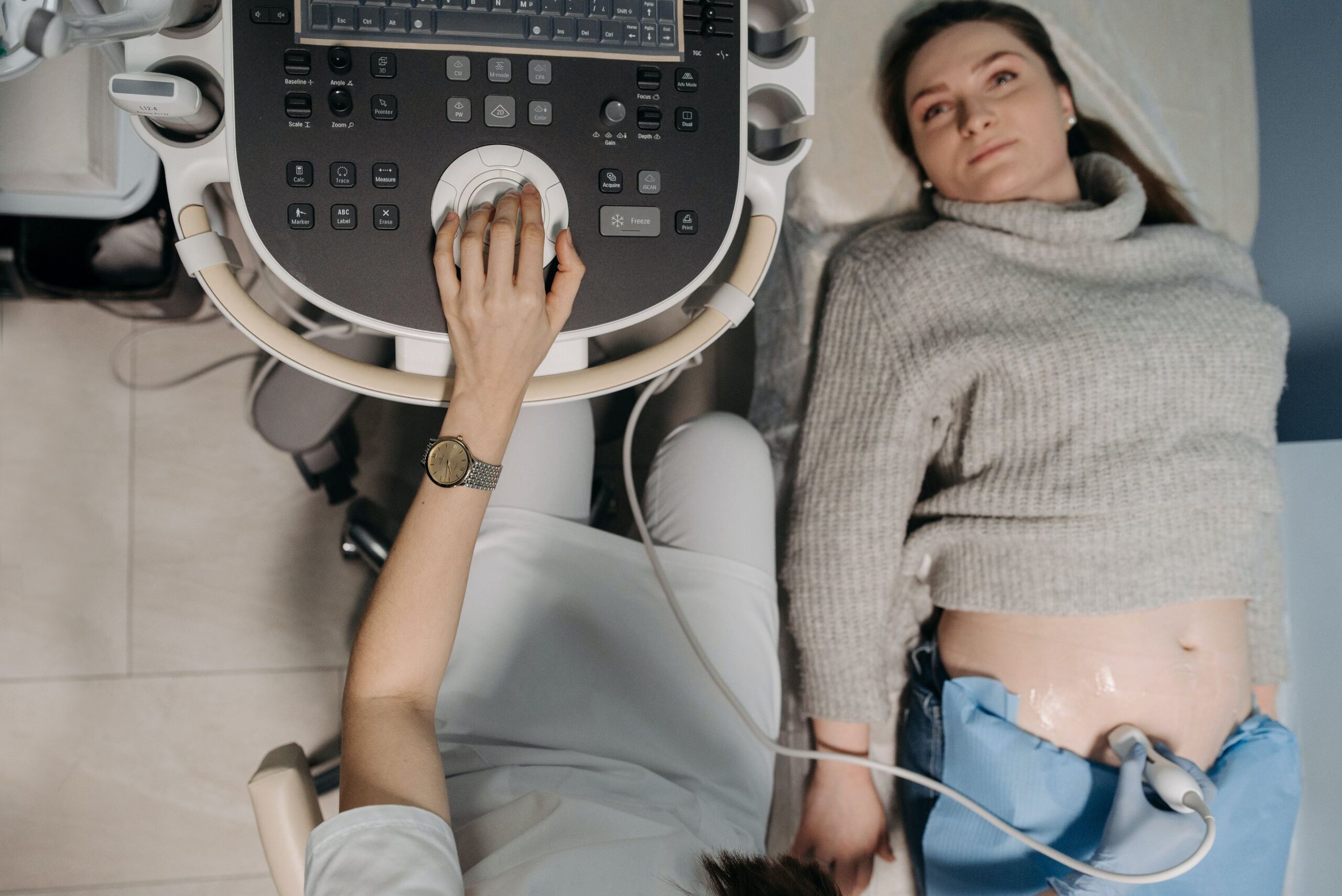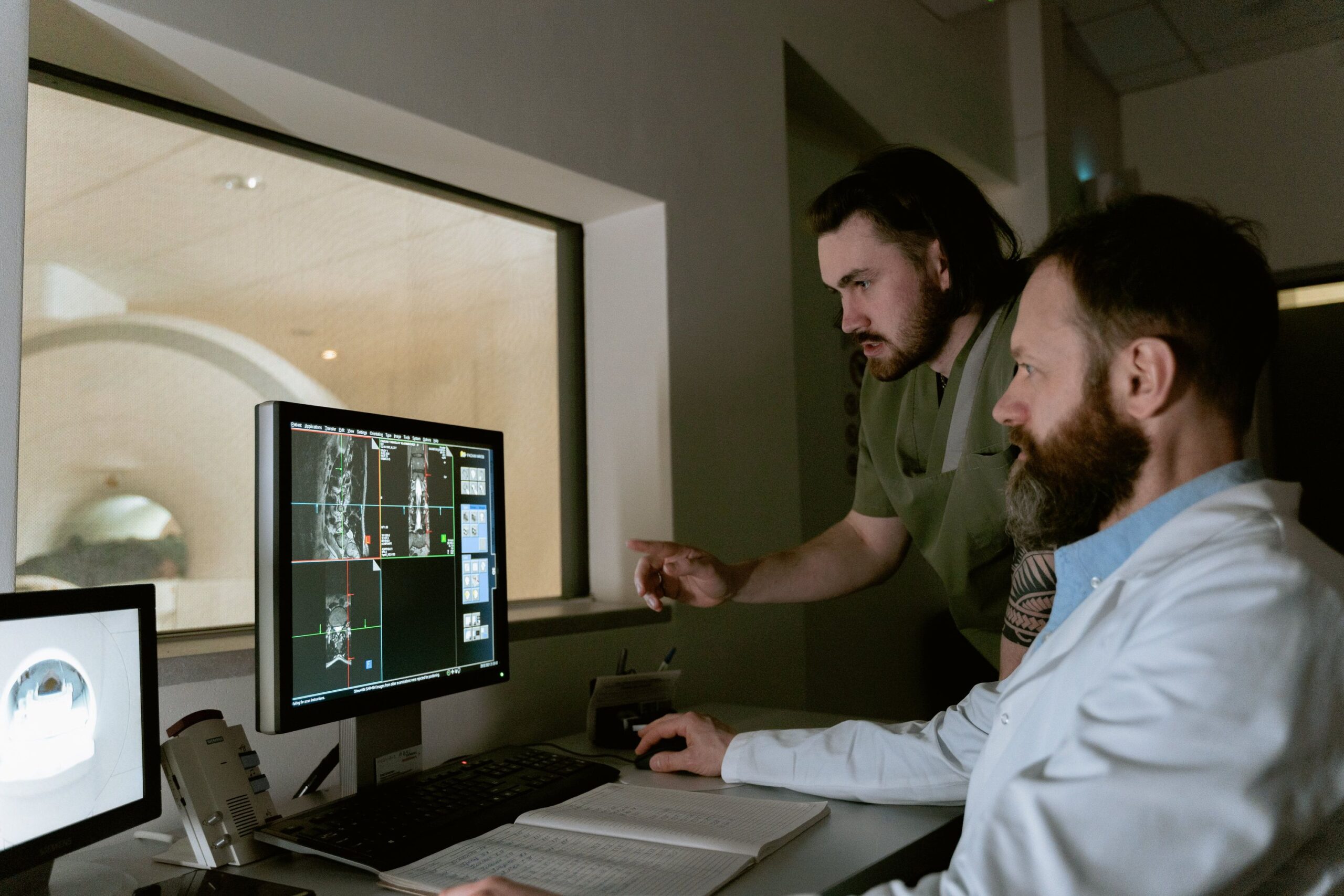Summary
This retrospective study aimed to assess the safety and effectiveness of Endoscopic Ultrasound-Guided Pelvic Abscess Drainage (EUS-PAD) in a single hospital setting.
The study included 14 patients with pelvic abscesses who underwent EUS-PAD. The average age of the patients was 57.4 years, with a balanced gender distribution. The causes of pelvic abscesses varied, with six cases resulting from appendiceal perforation, five from rectal cancer, and one case each from diverticular perforation, perianal abscess, and walled-off necrosis.
The results showed a 100% success rate for the EUS-PAD procedures. Clinical success was achieved in 11 patients, leading to their discharge after an average of 21.4 days. The average duration of stent placement before removal was 27.0 days. Among the 11 patients with clinical success, six had appendiceal perforation, two had rectal cancer, and one had walled-off necrosis. Notably, eight of the 11 patients with appendiceal perforation or those who underwent radical rectal cancer surgery were discharged after an average of 9.4 days post-EUS-PAD. However, EUS-PAD was ineffective in three patients with uncontrolled gastrointestinal perforation and direct tumor invasion.
In conclusion, EUS-PAD was found to be a reliable, safe, and efficient alternative to surgical and percutaneous drainage for patients with pelvic abscesses, especially those with acute infections such as appendiceal perforation or curative surgery. It was less effective in cases of uncontrolled gastrointestinal perforation and direct tumor invasion. This procedure offers a valuable treatment option with a high success rate for specific patient groups.










